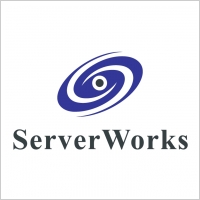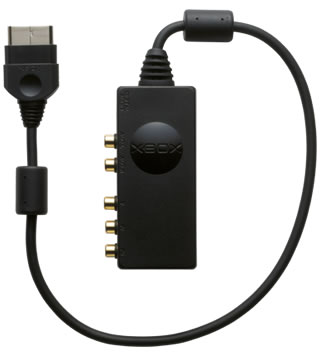Back in the day it was clear what a server motherboard was: it has two CPU sockets, onboard SCSI, onboard NIC, 64 bit PCI (later PCI-X) slots, extended ATX form factor and lots of fan headers. You needed a server motherboard to take advantage of those high bandwidth PCI slots, because you couldn’t get them on a regular motherboard. Same with the second CPU: for serious computing you needed two cores, and that meant two physical processors.
That started to change, but very slowly with the concept of a workstation motherboard that carried server features over to an ATX form factor for engineering or scientific work. The Abit BP6 has two socket 370 CPU sockets on an otherwise normal ATX motherboard and used desktop Intel processors. Mine sits proudly in my “bin of old bits” after years of faithful server as my home server. Intel got wise in it’s next generation and eliminated the ability to run two desktop CPUs.
I abandoned it in favor on the Tyan Tiger MPX motherboard with it’s two Socket A CPU sockets and 64 bit PCI slots. This was another standard ATX motherboard with “server” features. I was getting into ATA RAID and needed the additional bandwidth these slots provided. AMD rebadged desktop CPUs as Athlon MP server CPUs and enabled one connection on the CPU to allow them to work in tandem.
Today PCI express has eliminated the need for 64 bit PCI and PCI-X 133 slots. Every motherboard now comes with a PCI-E x16 slot that can give us all the bandwidth we need for add-in cards. With onboard video this slot is ready to go. What else is needed on an SME motherboard? Four to six SATA II connections with onboard RAID 1 or RAID 5: SCSI is now out to pasture with SAS and SATA taking it’s place. For a small business SATA II will get the job done at a decent price.
I don’t think you even buy a motherboard today without an onboard NIC; with the explosion of home networking and the internet it’s a very common item now.
So what constitutes a server motherboard now? All those onboard features are still a must for enterprise servers, but for the SOHO and SME market a compact all encompassing model fits the bill, with everything onboard: SATA II with RAID, NIC, video. Two very different models exemplefy this: the eVGA e-7150 and the Tyan Toledo S5211.
The eVGA e-7150 is an all in one consumer board using the Nvidia 630i chipset with onboard video, SATA RAID 5, audio, gigabit NIC and PCI-E in a microATX format. It’s fanless and takes all consumer Intel socket 775 CPUs. Put this in a quiet case with four hard drives and you have a powerhouse storage system. It’s available for $85-100 CDN.
The Tyan Toledo S5211 is a proper server motherboard, using the Intel 3210 server chipset with six SATA II RAID 5 ports, PCI-E and PCI-X slots, two gigabit NICs, unbuffered ECC memory, and takes all single socket Intel CPUs including Xeons. It also supports a Tyan remote management card. It’s about $300 CDN and fits the bill for just about and SME requirement.
Introductory models from Dell and HP are in fact desktop systems: examining service manuals shows basic desktop motherboards. Via upgrades you can get them more “server” like with multi core CPUs, ECC RAM and hot swappable storage. Two factors make them valid choices: good add-in or onboard remote management and a solid onsite warranty, neither of which you’ll get from a custom build or white box system.




